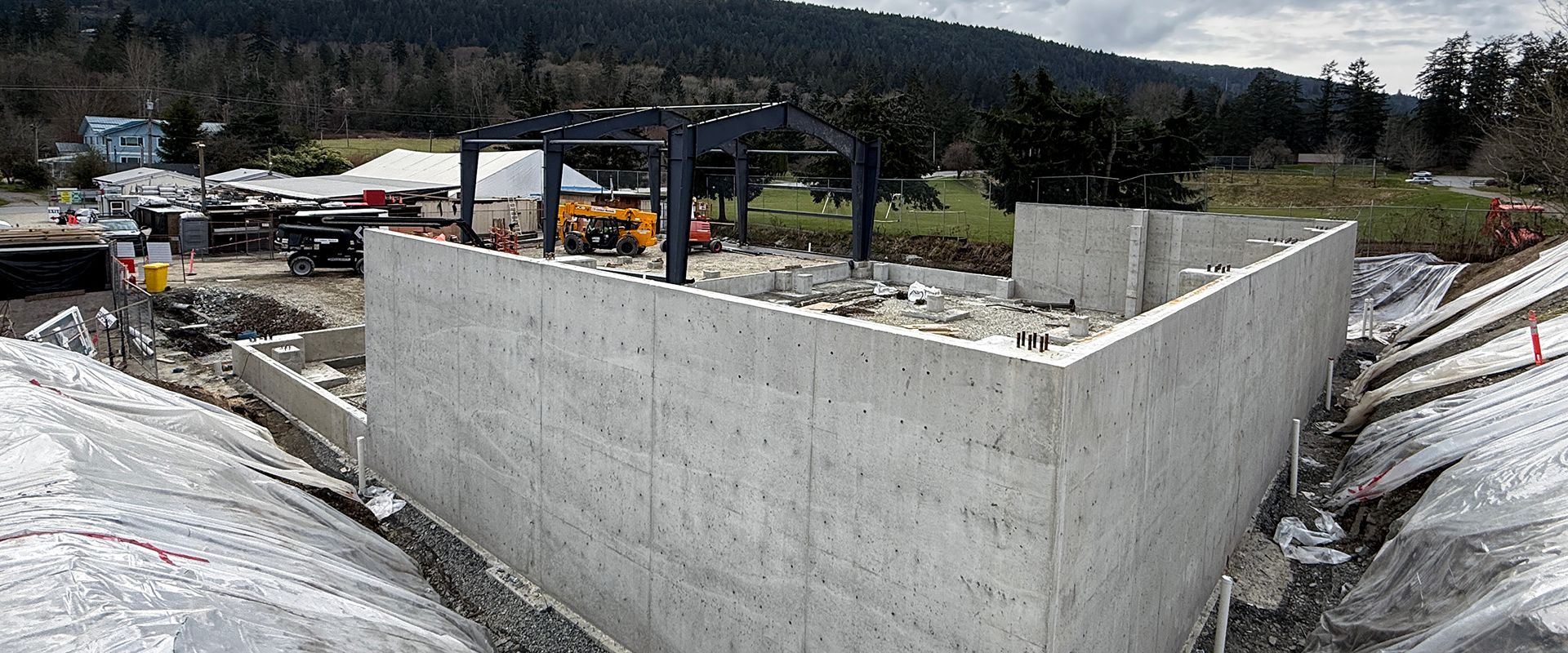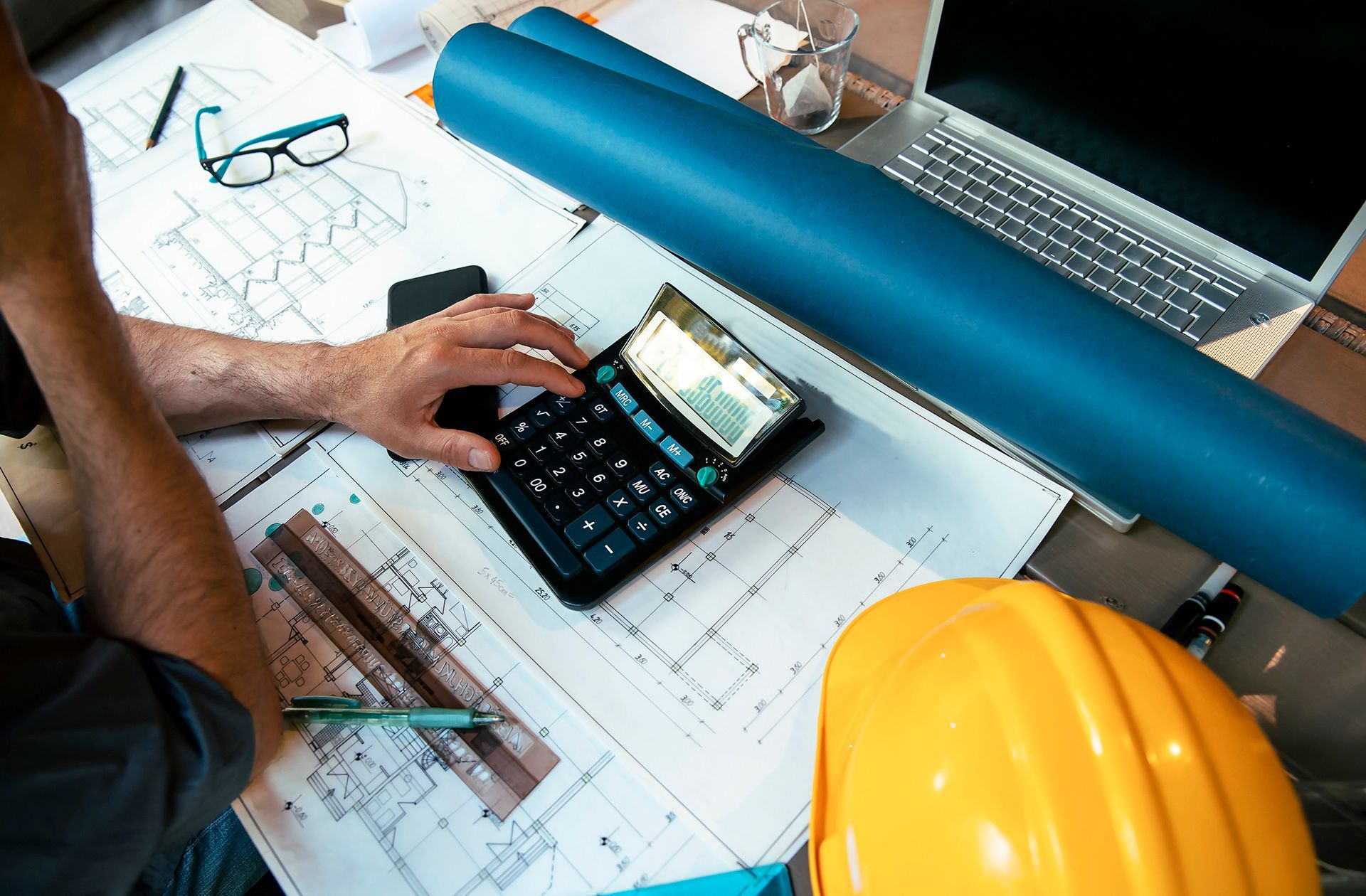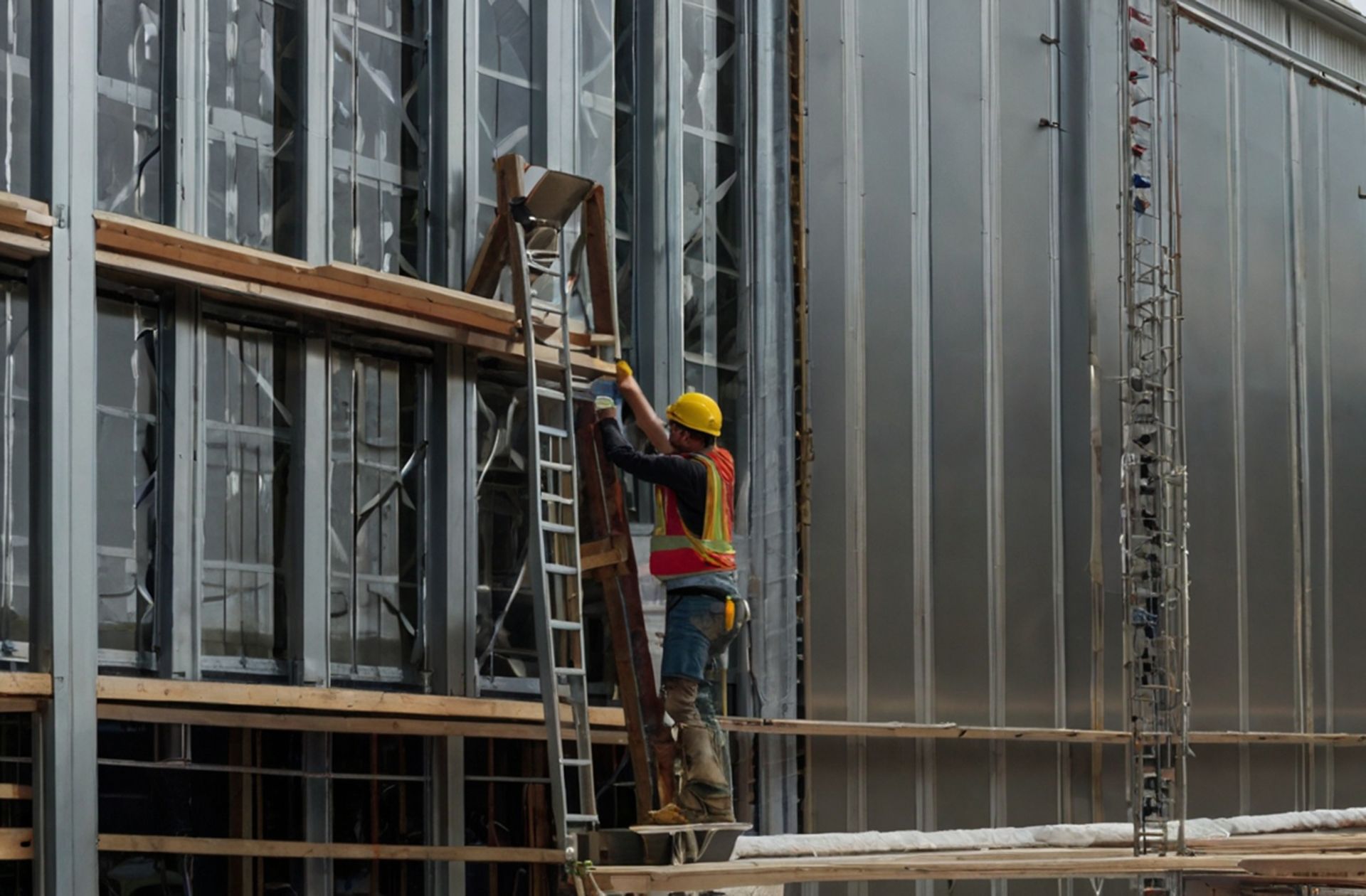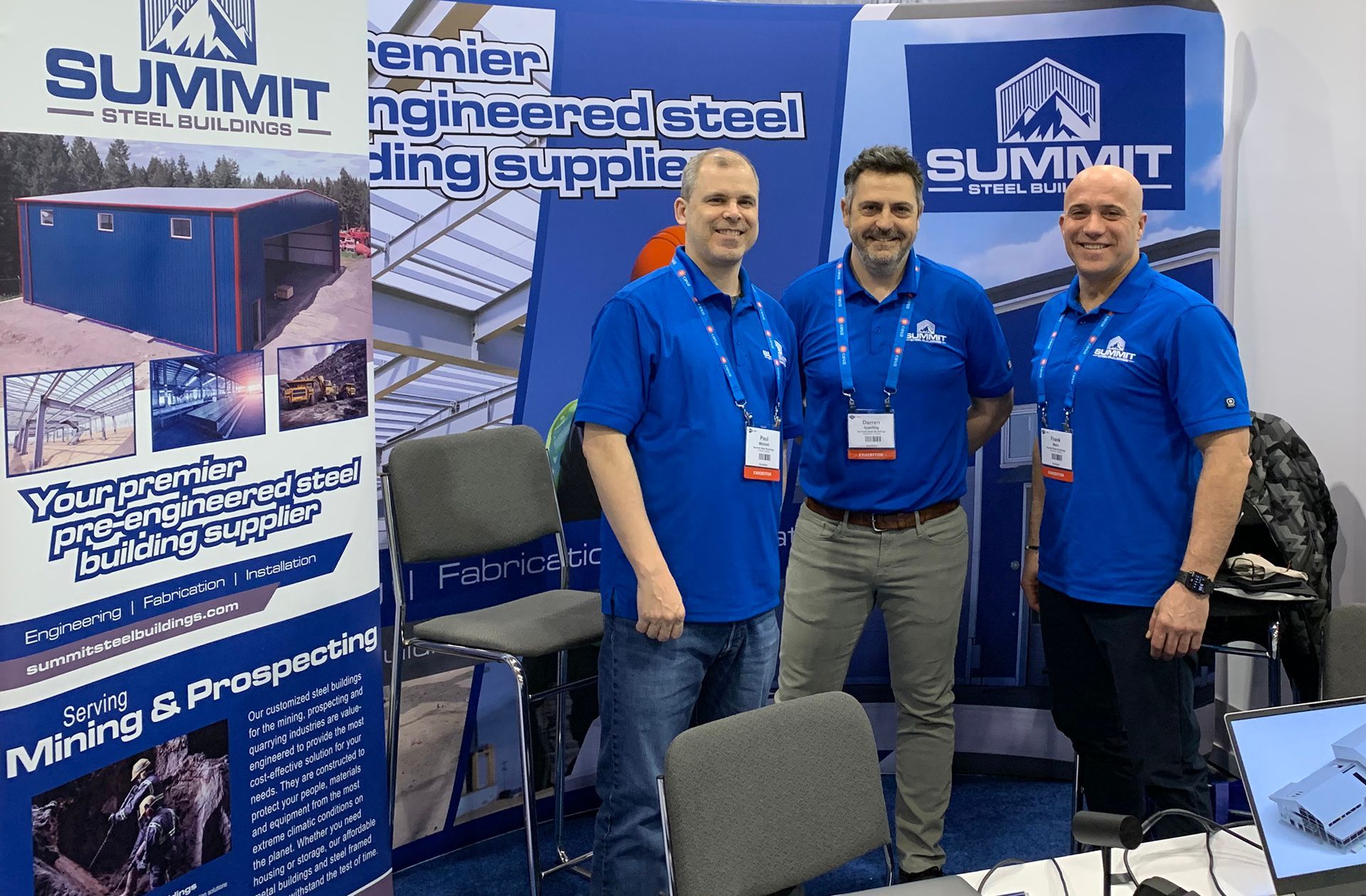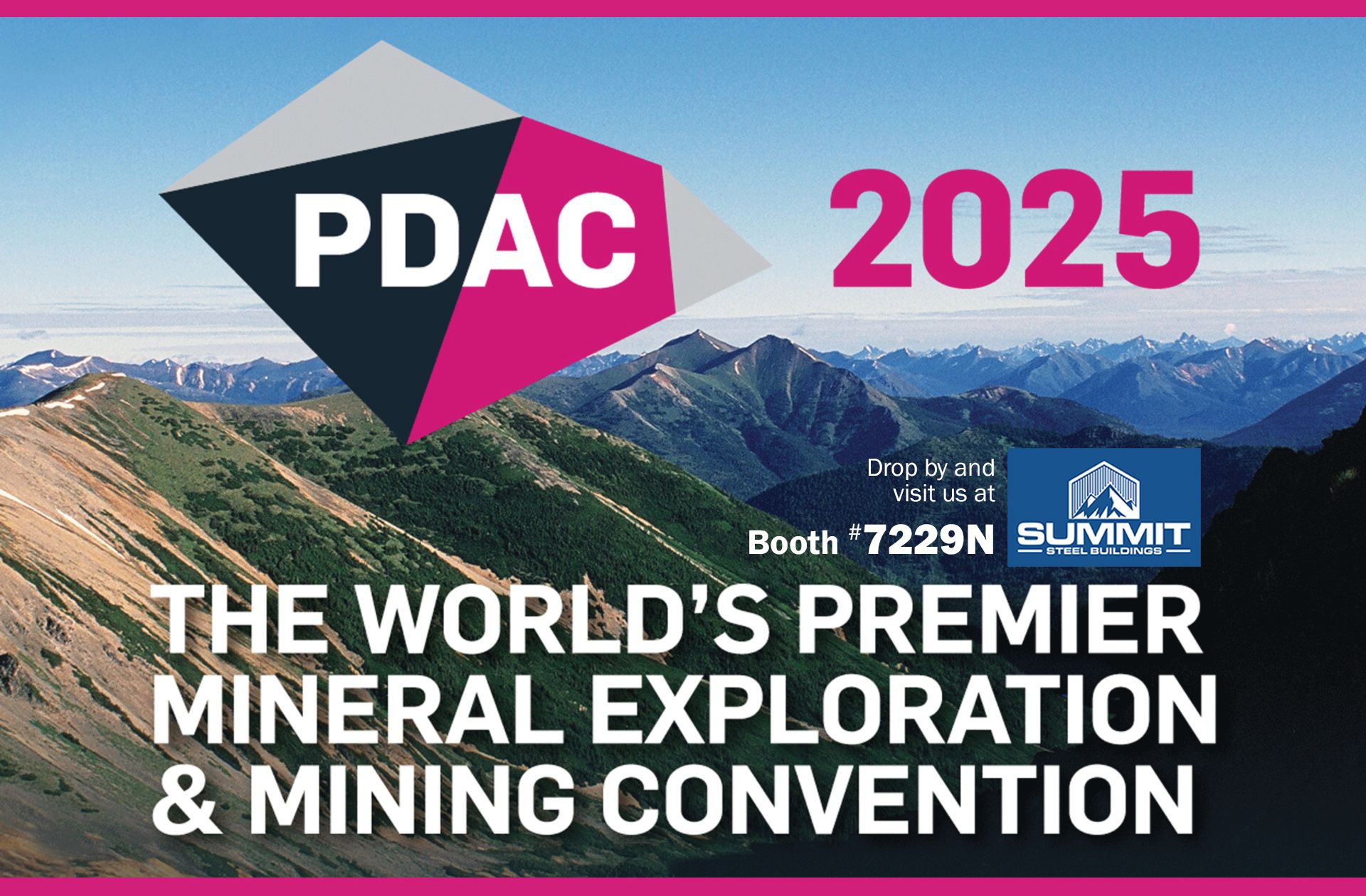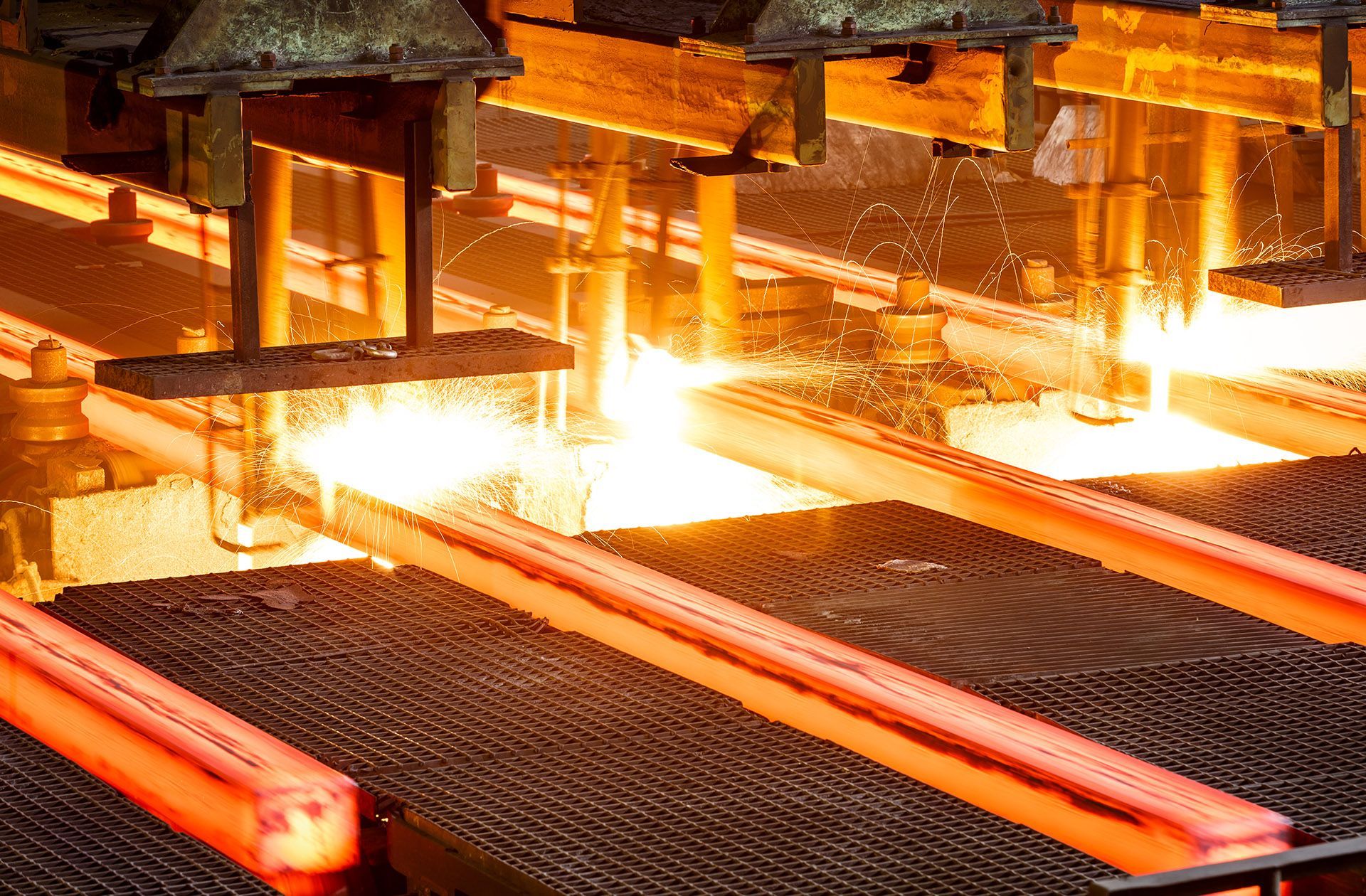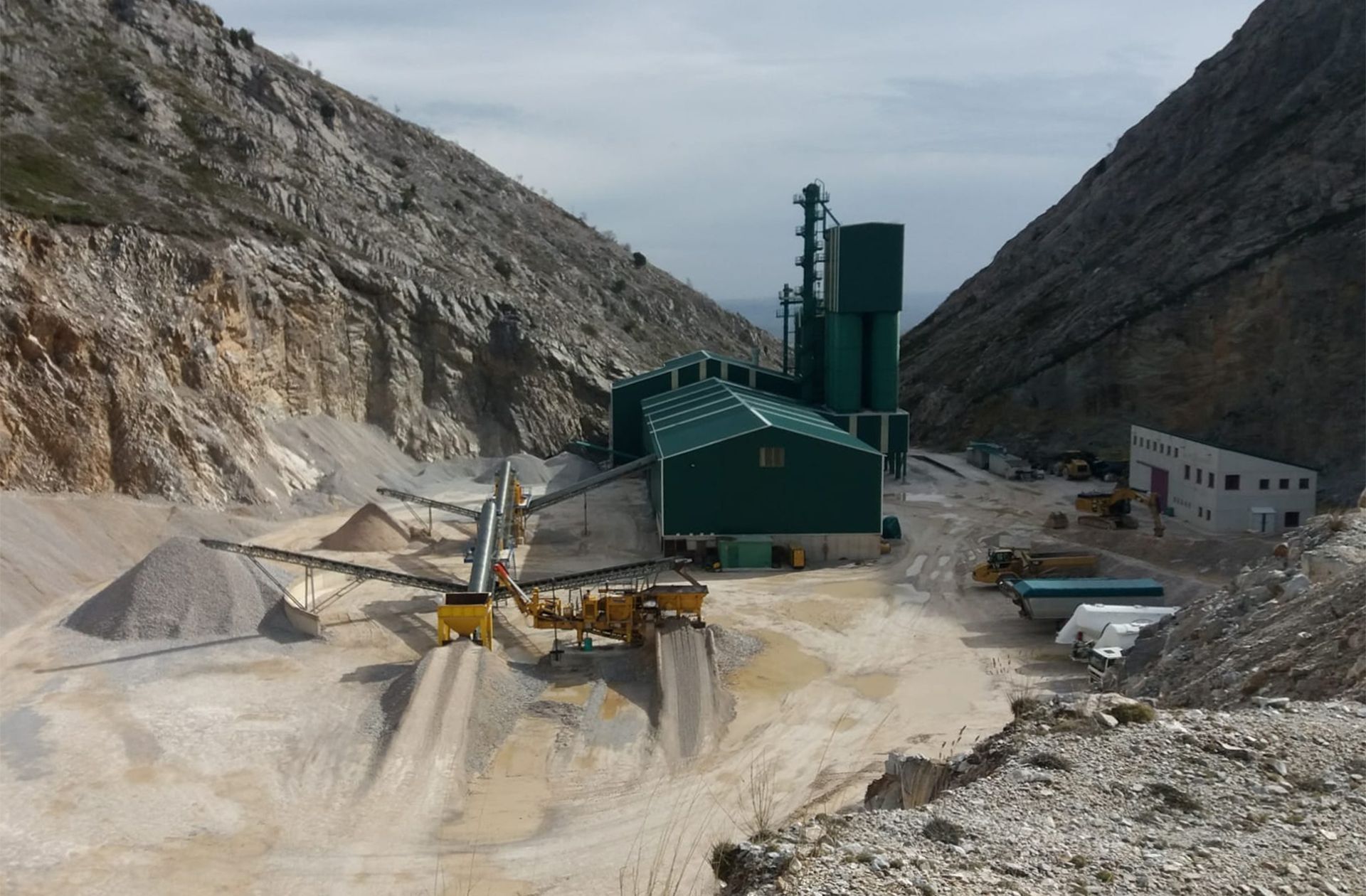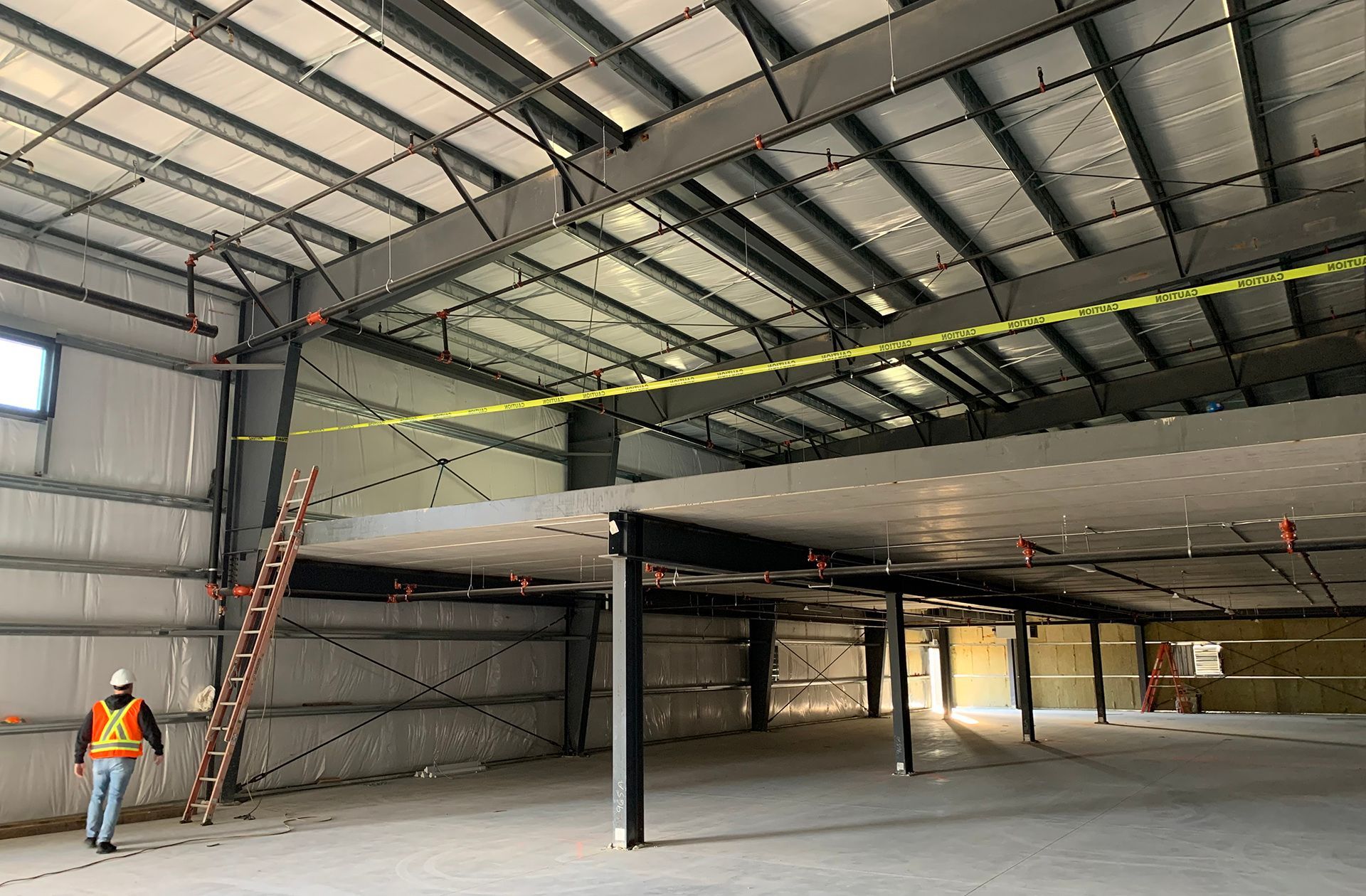How long should I expect my new steel building to last?
An affordable investment into a pre-engineered metal structure is a strong relationship for life – ready to resist the elements out to destroy most other construction materials.
Recently we’ve written a few articles to help clients figure out the average length of time it takes to recoup money spent on their new building, and to figure out what sort of return on investment they can expect. Closely associated to these topics is one of the most popular questions we receive: “What’s the lifespan going to be for my new metal building?”
Learn more about capital investment and funding your next building project:
- The importance of capital budgeting for steel buildings
- Business growth starts with intelligent capital investment
- Future growth through capital investment is simple math
Most people would likely expect to hear “it depends” from a contractor. It’s never a very reassuring answer. Fortunately, pre-engineered buildings – made from coated, cold-formed steel and professionally installed to the highest standard – will last at least 50 years. And that’s a minimum – most buildings will be in operation for well over 100 years. I’ve assured clients how their management successors (or children and grandchildren when it’s a family-run business) will be enjoying the structure easily into the 22nd century.
And we’re not just talking about structural integrity or engineering. With simple routine maintenance (which is considerably less than with other building materials), metal buildings will retain their beauty by looking brand new for decades to come. Aesthetics are important. They create a magnificent first impression that’s significant to guests, clients and employees. Everyone takes pride in the reputation and success of a company by what they see. Sturdy, good-looking structures contribute to creating a showcase for the local community.
Strength of steel outperforms all other materials
Pre-engineered steel panels and thick steel girders stay straight and strong to maintain structural integrity and keeping the building stable, even under strong winds and the most extreme climates. Steel actively resists most temperatures and won’t change its shape because of humidity or wet conditions. No other material is as well suited to resisting nature’s damage that shortens the lifespan of other buildings.
Steel’s easy-to-maintain performance and resistance to damage contribute to a much stronger and more resilient long-standing structure compared to traditional building materials like wood or brick and mortar. When you’re looking to create an asset that benefits the legacy of your company, steel is the wisest choice for building. Its structural integrity and resistance to corrosion and rust mean you’ll never have to worry about your building – it’ll look and perform just as well as the day it was constructed.
Water, air and fire are seeking to shorten a building’s life
Metal buildings consistently outlasts other materials due to its specific resistance to the ravages of water and oxygen. Treated steel cannot rot either to wear and tear or to the elements and will not absorb water. However, excessive moisture in wooden buildings can lead to warping and splitting or the corrosion of metal nails and screws that will ultimately weaken the lumber. Wood also expands and contracts with seasonal or environmental humidity and temperature resulting in weakened structural strength over the years. Cracks will also form in brick structures as mortar dries and falls apart or from damage from routine wear and tear. All those cracks and gaping seams create spaces for all sorts of other issues, such as pests, termites, vermin and mold coming in from the outside.
Fire is another element out to destroy buildings. What is sometimes overlooked is steel’s importance to preventing and limiting damage caused by heat and flames. Unlike other construction materials like timber, metal absorbs heat rather than combusting, allowing it to become an important barrier in preventing the spread of fire.
Steel is a standard fire-rated choice for both structural framing and for walls and roofs (a common section that often leads to fire spreading to nearby buildings). It is non-combustible and heat-resistant to temperatures over 530 Celsius (1,000 Fahrenheit) for up to three hours. When seconds and minutes make all the difference in a disaster, assurances comes from steel’s ability to resist higher temperatures. For all but the most serious of industrial fires, your steel building can easily prevent significant damage without requiring wide-ranging rebuilding. Only the small panel portions directly affected by damage need to be quickly and easily replaced.
Read “Five benefits of steel building construction” to learn how modern metal engineering is designed to control damage.
With steel building engineering, time is on your side
Any building construction is as sizable investment for the future. Owners want to know they are getting value and an appreciable asset that will last for decades. When you prorate the affordable cost of a new pre-engineered steel structure over its lifetime of a century, it makes the decision to build easy. Outside the need to expand your building due to growth, you can be assured (outside acts of God) you won’t need to rebuild your pre-engineered structure within your lifetime. Your reasonable investment, spread out over the years, makes working with Summit Steel Buildings a smart choice – one which is guaranteed to benefit your business.
Let’s get started on your building to find the ideal long-term solution for your needs and budget. Contact us at 877-417-8335 and we’ll provide you with a free quote and preliminary drawings.
About the author
Frank Melo has a construction civil engineering technology and business background with over 25 years of experience as a business owner and contractor. He was born and educated in London, Ontario and now divides his time between projects primarily in Ontario and British Columbia. He can be contacted at Summit Steel Buildings at
(778) 951-4766 or by email at
frank.melo@summitsteelbuildings.com
or through
LinkedIn.

